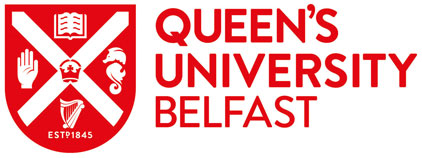1. L3 acquisition of Mandarin sentence-final question particles ba and ne by Cantonese-English bilinguals
by Guo, Yanyu
Abstract: This study aims to test possible transfer sources at the initial stage of third language (L3) acquisition by examining the acquisition of Mandarin sentence-final particles ba and ne by Cantonese-English bilinguals. Unlike the case in English, which does not employ any sentence final particles (SFPs), in both Mandarin and Cantonese, a statement can be converted into a question by merging an SFP at a sentence final position. Different from ba questions, ne questions cannot be “out-of-blue” questions to initiate a conversation. L1 Factor Hypothesis (Leung, 2005) argues that the transfer source is always the L1, while the Linguistic Proximity Model (LPM; Westergaard et al., 2016) and the Typological Primacy Model (TPM; Rothman, 2010, 2011, 2015) predict that the structurally/typologically closer language should be the transfer source. An offline Acceptability Judgement Task (AJT) and an online Cross-Modal Priming Task (CMPT) were employed. The L1 Factor Hypothesis is rejected as the AJT results on ba and the CMPT results show that the L3 learners’ L2 Cantonese plays a facilitative role in L3 acquisition. Our findings support the Linguistic Proximity Model and the Typological Primacy Model that transfer is from a structurally/ typologically closer language, which is Cantonese in the present study.
2. Indefinite NPs as Subjects in L2 and L3 Mandarin Grammars: Empirical Evidence for the Sources of Transfer in L3A
by Xiang, Jingting
Abstract: The study of L3 acquisition (L3A) within formal linguistics perspectives is still in its infancy as compared with the decades of development in the study of L2 acquisition (L2A). In recent years, several models in L3 morphosyntax has been proposed, and they argue for different sources of transfer in consideration of L1/L2 status, structural proximity among the triad, processing complexity, construction frequency, etc. (Alonso and Rothman, 2016). However, preliminary agreement, even on the initial stages of L3 development, is yet to be reached.
In our study, we investigate whether L2 and L3 speakers Mandarin process indefinite and definite subjects differently from L1 speakers of Mandarin with a self-paced reading task. As is well-known, in English, the article a marks the [-definite] feature of noun phrases (NPs), while the article the marks the [+definite] one, and both definite and indefinite NPs are perfectly acceptable in subject positions. In contrast, in Mandarin and Cantonese—two article-less languages, definiteness is represented through bare nouns, numerals, classifiers, etc. In both languages, indefinite NPs are generally not allowed in subject or topic positions (Li and Thompson, 1989). Our study will provide empirical evidence for the sources of transfer in L3 acquisition.
| ← | April 2024 | → | ||||
|---|---|---|---|---|---|---|
| M | T | W | T | F | S | S |
| 1 | 2 | 3 | 4 | 5 | 6 | 7 |
| 8 | 9 | 10 | 11 | 12 | 13 | 14 |
| 15 | 16 | 17 | 18 | 19 | 20 | 21 |
| 22 | 23 | 24 | 25 | 26 | 27 | 28 |
| 29 | 30 | 1 | 2 | 3 | 4 | 5 |






Copyright © 2016-2024 MEITS